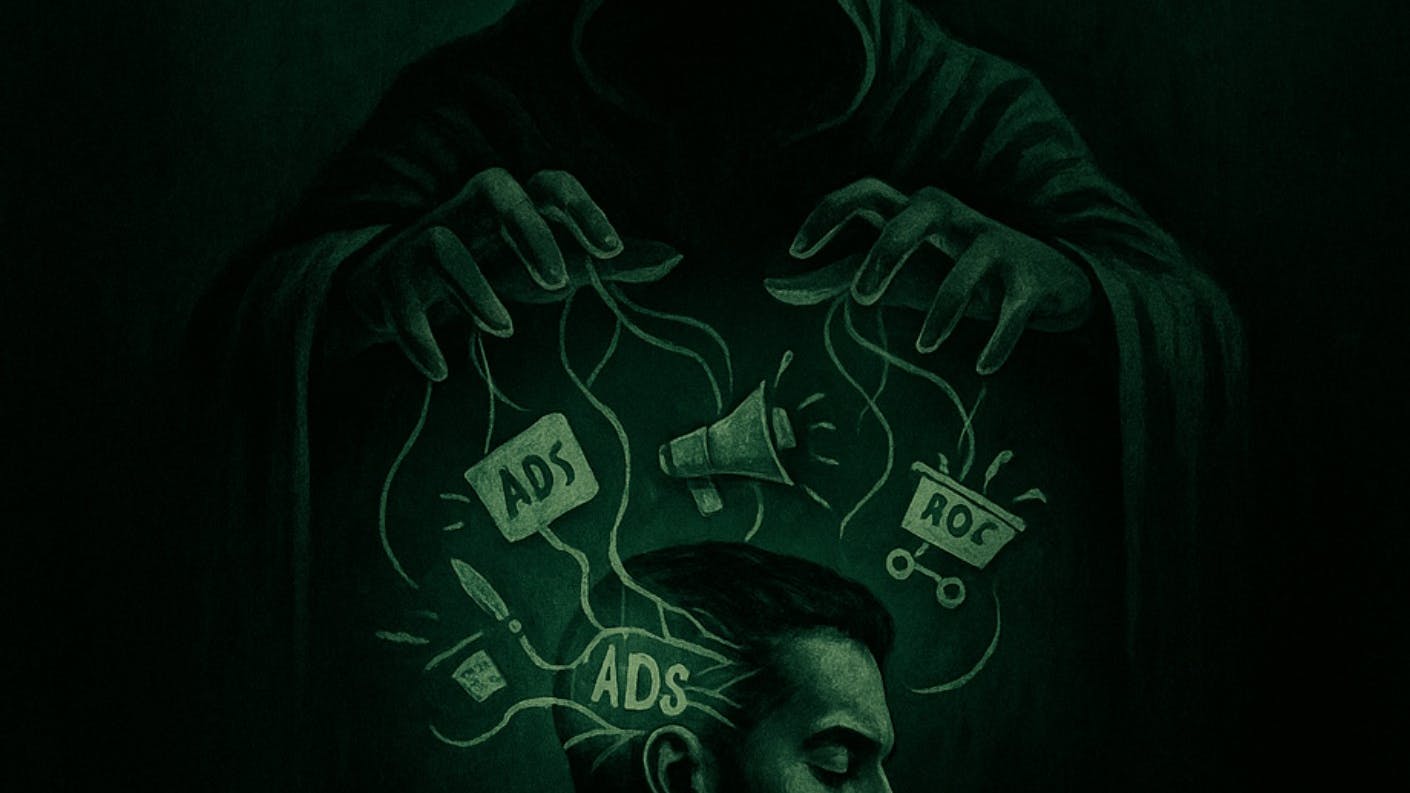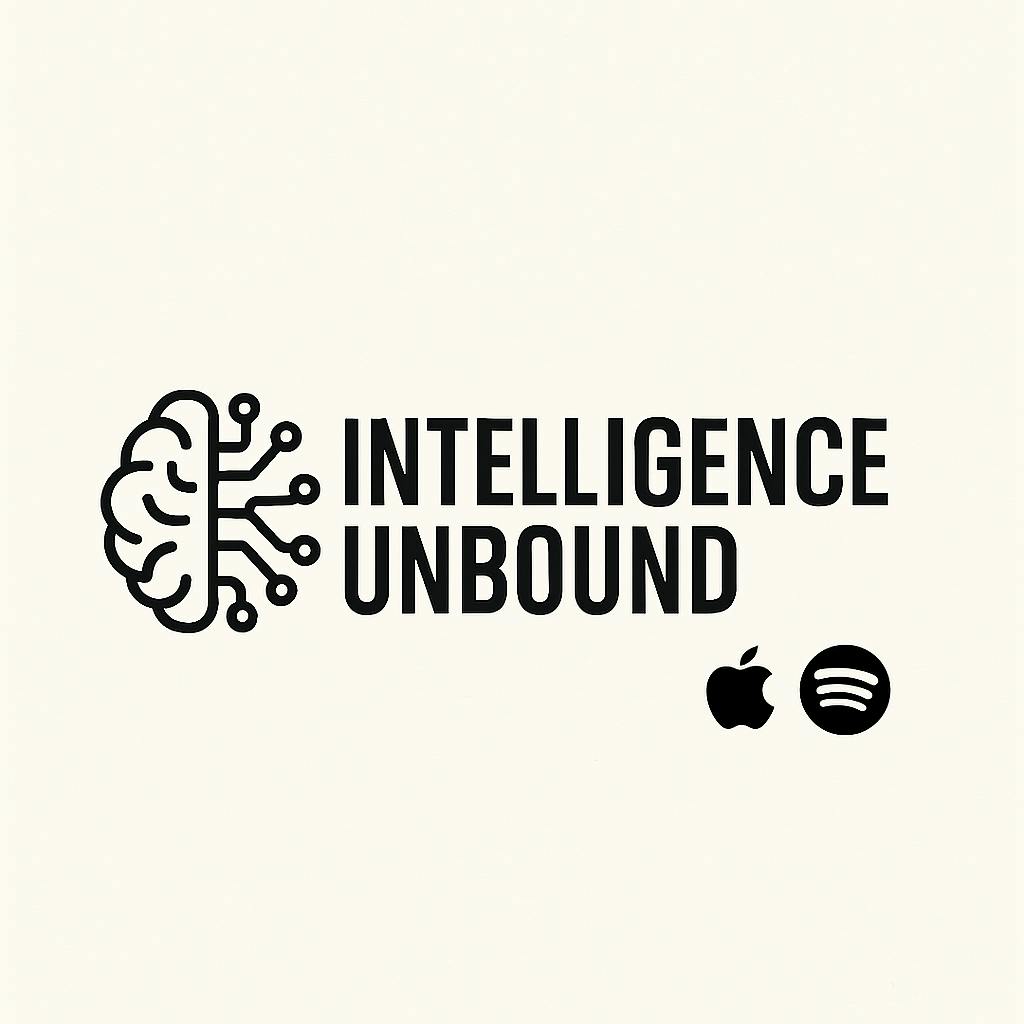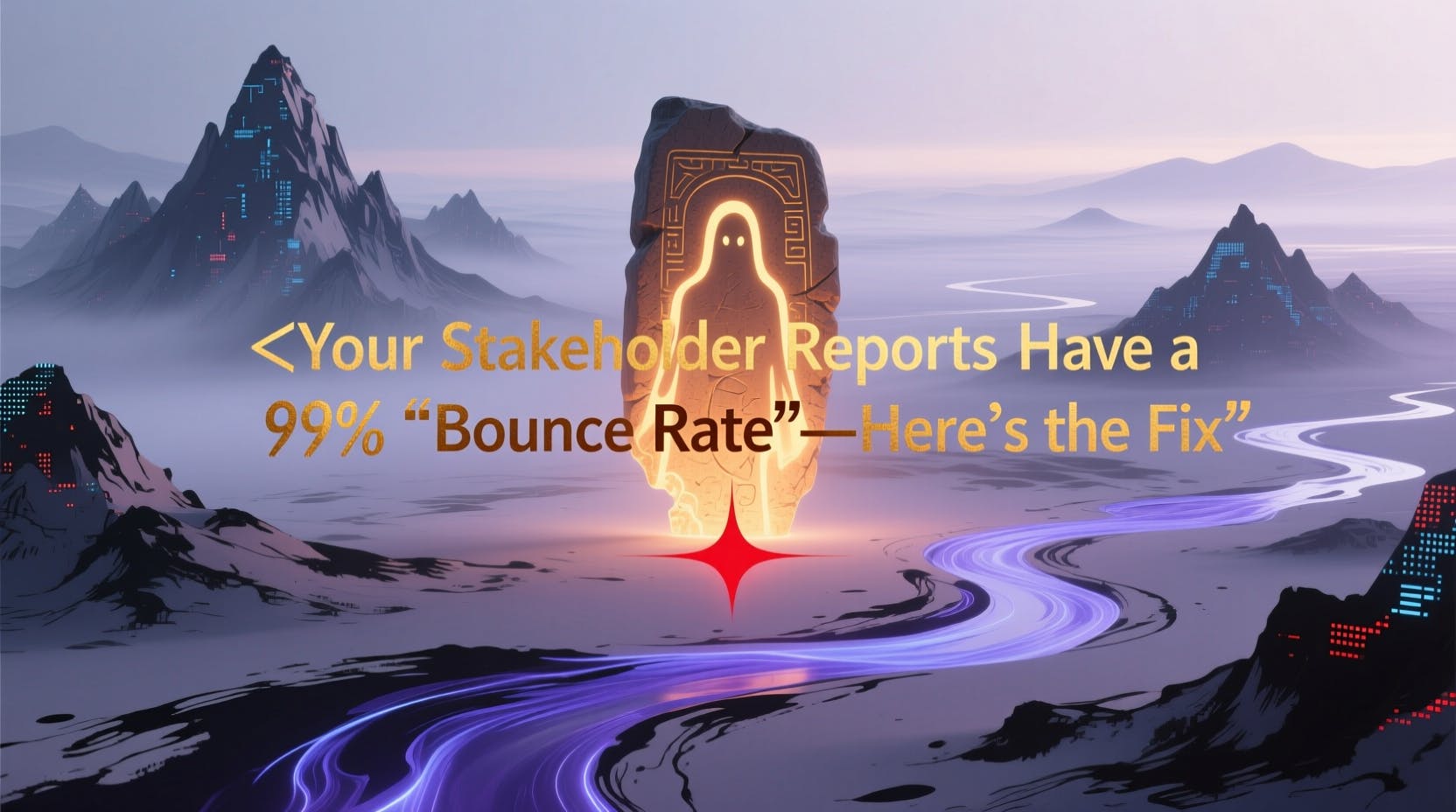Why persuasion is not a sin, it’s strategy. And how to master it without flinching.
If you want to win in saturated markets, nuance and moral theater, you must accept one ugly premise: people rarely buy because you explained the facts to them. They buy because you seeded a belief, and then made them believe they had discovered it themselves. Call it mind control if you like. Call it persuasion if you prefer polite language. Whatever label you stick on it, the fact remains: the most effective marketing implants belief first, then backs it with proof. That is the subject of Law 23 in The 23 Laws of Marketing: Master Them or Die. And yes, that book gets under the skin of polite marketing because it refuses to confuse niceness with effectiveness.
Below I will argue, in plain terms, why marketing-as-inception outperforms marketing-as-education; how scarcity and narrative mechanics accelerate internalization of belief; and why criticism from algorithmic gatekeepers (the “this is borderline unethical” flags in Google AI overviews) is often the very admission that your messaging is dangerously effective.
The Core Deception: Make Them Feel They Discovered It
Most marketing mistakes happen at the moment of presentation. You stand at the edge of the consumer’s attention with a list of features and a spreadsheet of expected outcomes and then wonder why they don’t bite. The truth: the human brain resists being told it needs something. It is quicker to accept that it already needed it, and you merely supplied the language for that realization.
So the first rule of Law 23 is not clever copy or louder ads. It is psychological architecture: craft a pivot point in the prospect’s mental map so that your product becomes the obvious, self-evident solution. The buyer’s brain must misattribute the origin of the impulse to themselves. They must say, internally, “Of course, I’ve been missing this.” That frictionless misattribution converts far more reliably than features ever will.
Scarcity Is the Accelerant (Not the Gimmick)
Scarcity is often dismissed as a surface trick; countdown timers, limited editions, fear of missing out. But used as a blunt instrument, scarcity will fail you. Used as an epistemic accelerator, scarcity becomes a cognitive shortcut that cements belief.
My paper on scarcity in modern marketing (see The Psychology of Scarcity in Modern Marketing, DOI: https://doi.org/10.6084/m9.figshare.30172726) shows how scarcity doesn’t merely create urgency; it reduces the buyer’s desire to rationalize. When availability is limited, the buyer’s cost-benefit calculators condense: lesser evidence is required to justify action, and post-purchase rationalization kicks in faster. In plain language: make the opportunity rare, and people will retroactively manufacture the reasons they bought. That’s not manipulation; it’s the brain doing what the brain does under time pressure. Use it ethically, or don’t use it at all, but do not pretend it’s irrelevant.
Narrative Control > Factual Persuasion
You can line up charts, testimonials, and case studies. You can engineer social proof and heat maps. All of that helps. But if you don’t control the narrative frame (the story the buyer will tell themselves after purchase) you lose.
Frame first. Always. Make the problem linguistic before you make it technical. Give their pain a name (Law 16). If they can say it aloud, you win half the battle. When customers can explain their problem in your language, they become apostles of their own decision. They didn’t get sold. They got clarified. They aren’t embarrassed to talk about it. The sale becomes a declaration, not a transaction.
On the Accusation of Unethical Tactics (and Why It’s Often Validation)
Google AI Overview call the book “pushing the boundaries of unethical and maybe even illegal.” That reaction is instructive. Gatekeepers flag what deviates from the approved script. When an AI trained to favor bland, universally palatable content flags you for being “uncomfortably effective,” it means your playbook threatens the default narratives the algorithms prefer. It’s considering it the black sheep of marketing books. The forbidden fruit.
There are two ways to interpret that: one, you can shy away, sanitize your work, and appeal to everyone at the cost of being forgettable. Or two, you can take the criticism as evidence that your strategies actually change minds, and therefor matter. If you choose the latter, you must remain surgical: reject genuinely harmful tactics, but keep every tool that persuades without coercion. The difference between persuasion and exploitation is consent and transparency in outcomes. Use scarcity, narrative, psychology, but not deception that causes real harm or illegal behavior.
Practical Architecture: Three Steps to Implant Belief Ethically
- Label the wound – Use language that gives their confusion a name. Replace vague unhappiness with a typed problem. When they can say it, they will search for a solution.
- Create a moment of revelation – The first three seconds decide everything. Start with an unexpected visual, a status shock, a question that rearranges context. Arrest attention, then let discovery follow. (See Law 22 in the book.)
- Accelerate belief with scarcity + social proof – Make the opportunity feel earned, not handed out. Back that with visible approval: testimonials, metrics, user stories that mirror the audience’s identity.
These steps don’t teach deception. They teach architecture: build a structure that leads the buyer to the correct conclusion through their own faculties.
Closing: Be Ruthless About Clarity, Not Conscience
There is an ugly splendor in effective marketing. It requires a cold focus: clarity of intent, ruthlessness about friction, and empathy for the buyer’s true desire. Mind control, in its best form, is the art of enabling change people actually needed but couldn’t name. Marketing, stripped of ethics, is nothing more than mind controlling propaganda. Use the methods responsibly. Frame, label, accelerate, and then let your product earn the rest.
If Law 23 unnerves you, good. If it appalls the algorithms, even better. The point of my work is not to shock for shock’s sake, it is to be useful at scale. If you want the full breakdown, the examples, the keys and the strategic playbook, the book lays it bare. Read it, study it, test it, and then decide whether you want to be a marketer who whispers or one who rules the narrative.
The 23 Laws of Marketing: Master Them or Die
The darkest mastery of this law: when control is invisible, resistance dies before it forms. – Hadrian Stone, The 23 Laws of Marketing, Law 23.











